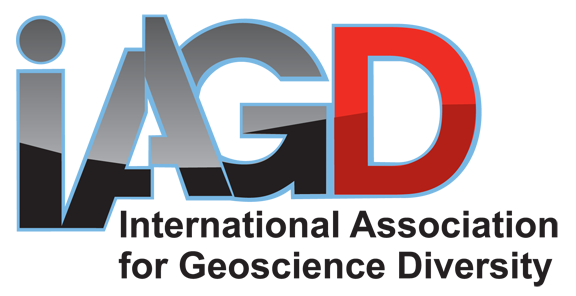The IAGD Tactile Image Repository is a database of free downloadable files to create raised-relief graphics with braille labels. Covering a range of earth science topics, this is a fantastic resource for inclusive classrooms.
By Blind Scientists, For Blind Scientists:
Resources compiled by Dr. Mona Minkara, a blind chemist
Ocean InSight is Dr. Amy Bower’s outreach program at Woods Hole Oceanographic Institute.
Best Practices:
Text-based page: Language: blind, low vision, visually impaired
Video: Making videos accessible
Video: Web content and screen readers
Video: Using technology for access
Audio Resources:
Earth and Environmental Systems Podcast
Author: Christian V. Shorey
Colorado School of Mines, Golden, CO
Slides and Presentations:
Low Vision Field Geology
Briget Doyle, Gina (Applebee) Ceylan, Robert L. Nusbaum, and Elizabeth K. Rhodes. College of Charleston, Charleston, SC
On teaching a blind student geology
Kenneth R. Neuhauser. Fort Hays State University, Hays, KS
Organizations
The American Foundation for the Blind (AFB)
The National Federation of the Blind (NFB)
Research and Literature:
Asher, P. (2001). Teaching an introductory physical geology course to a student with visual impairment. Journal of Geoscience Education, v.49, n.2, p. 166-169.
A new approach to teaching those with disabilities: EMBed methodology and the visually disabled [Scanned pages]. Mark Howe. Arizona State University, Tempe, AZ.
Wild, T. A., Hilson, M. P., & Farrand, K. M. (2013). Conceptual Understanding of Geological Concepts by Students With Visual Impairements. Journal of Geoscience Education, 61(2), 222-230.
Shepherd, I. D. (2006). Developing an inclusive curriculum for visually disabled students (No. 3). Geography Discipline Network (GDN), and Higher Education Funding Council for England (HFCE).
Siekierska, E., Labelle, R., Brunet, L., Mccurdy, B., Pulsifer, P., Rieger, M. K., & O’Neil, L. (2003). Enhancing spatial learning and mobility training of visually impaired people—a technical paper on the Internet‐based tactile and audio‐tactile mapping. The Canadian Geographer/Le Géographe canadien, 47(4), 480-493.
Supalo, C. A., Isaacson, M. D., & Lombardi, M. V. (2013). Making hands-on science learning accessible for students who are blind or have low vision. Journal of Chemical Education, 91(2), 195-199.
Salleh, N. M., & Ali, M. M. (2010). Students with visual impairments and additional disabilities. Procedia-Social and Behavioral Sciences, 7, 714-719.
Sahin, M., & Yorek, N. (2009). Teaching Science to Visually Impaired Students: A Small-Scale Qualitative Study. Online Submission, 6(4), 19-26.
Suppporting the achievement of learners with vision impairment in Higher Education
If you have a suggestion for this page, please email it to info[at]theiagd.org.





